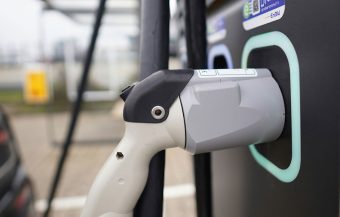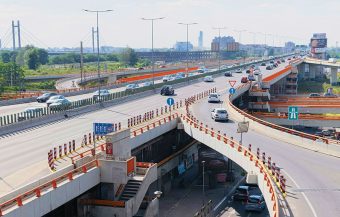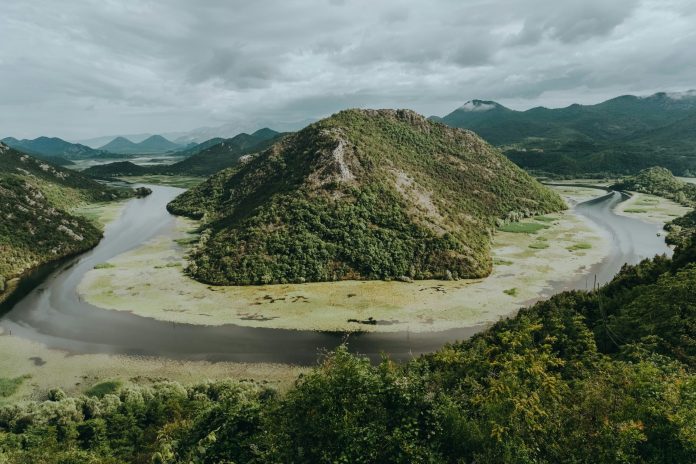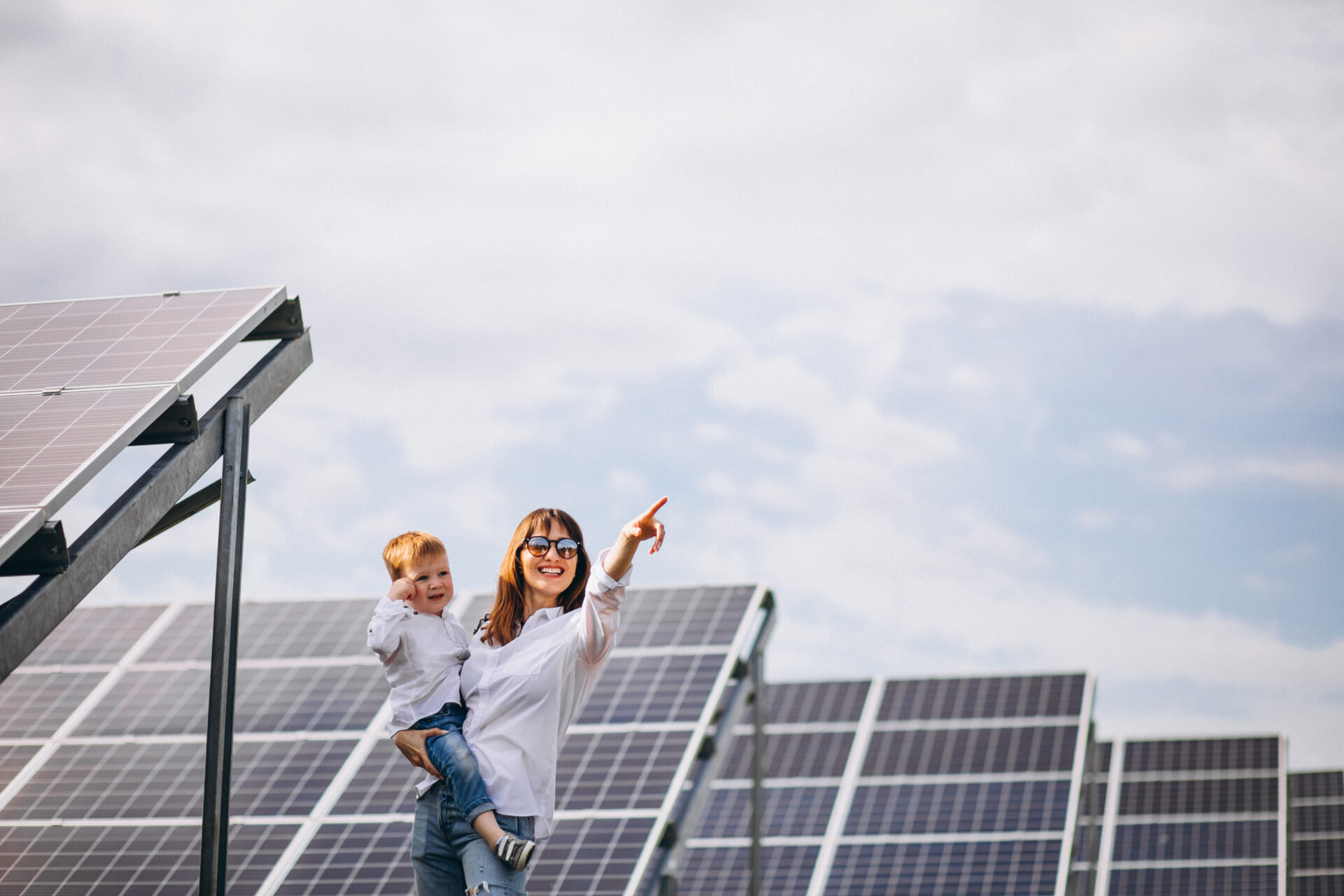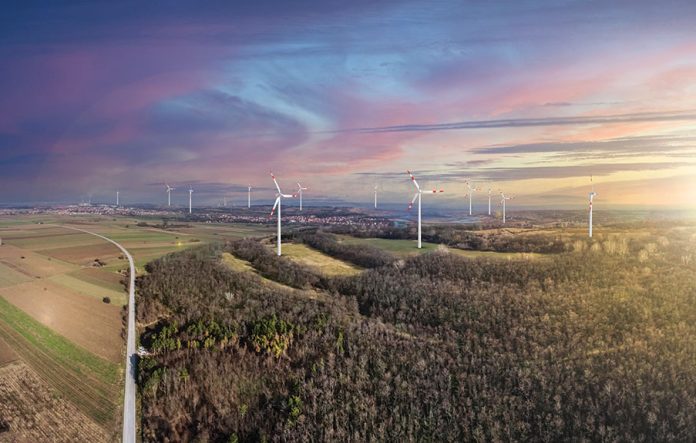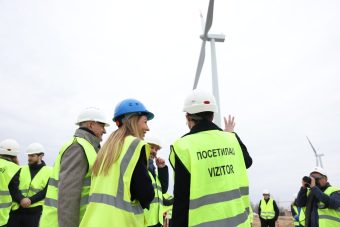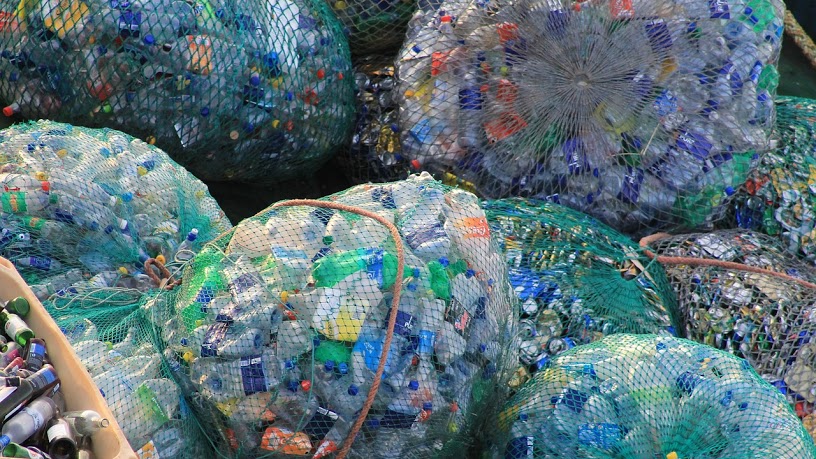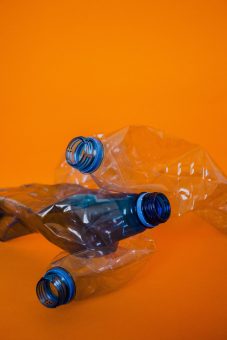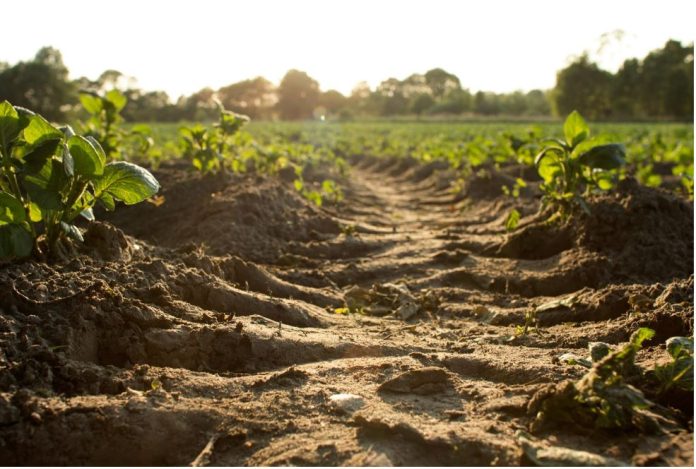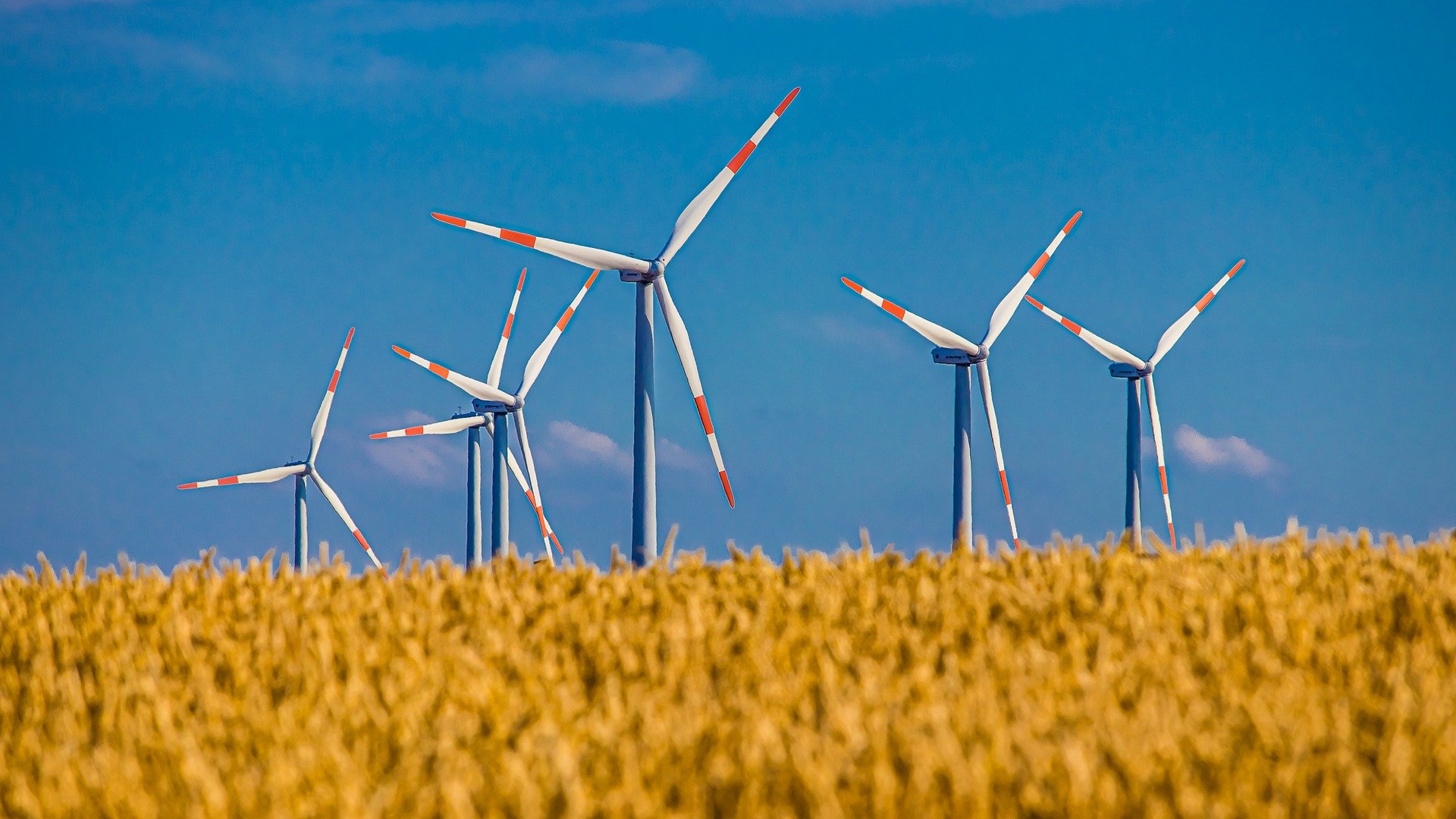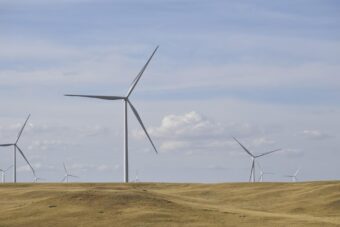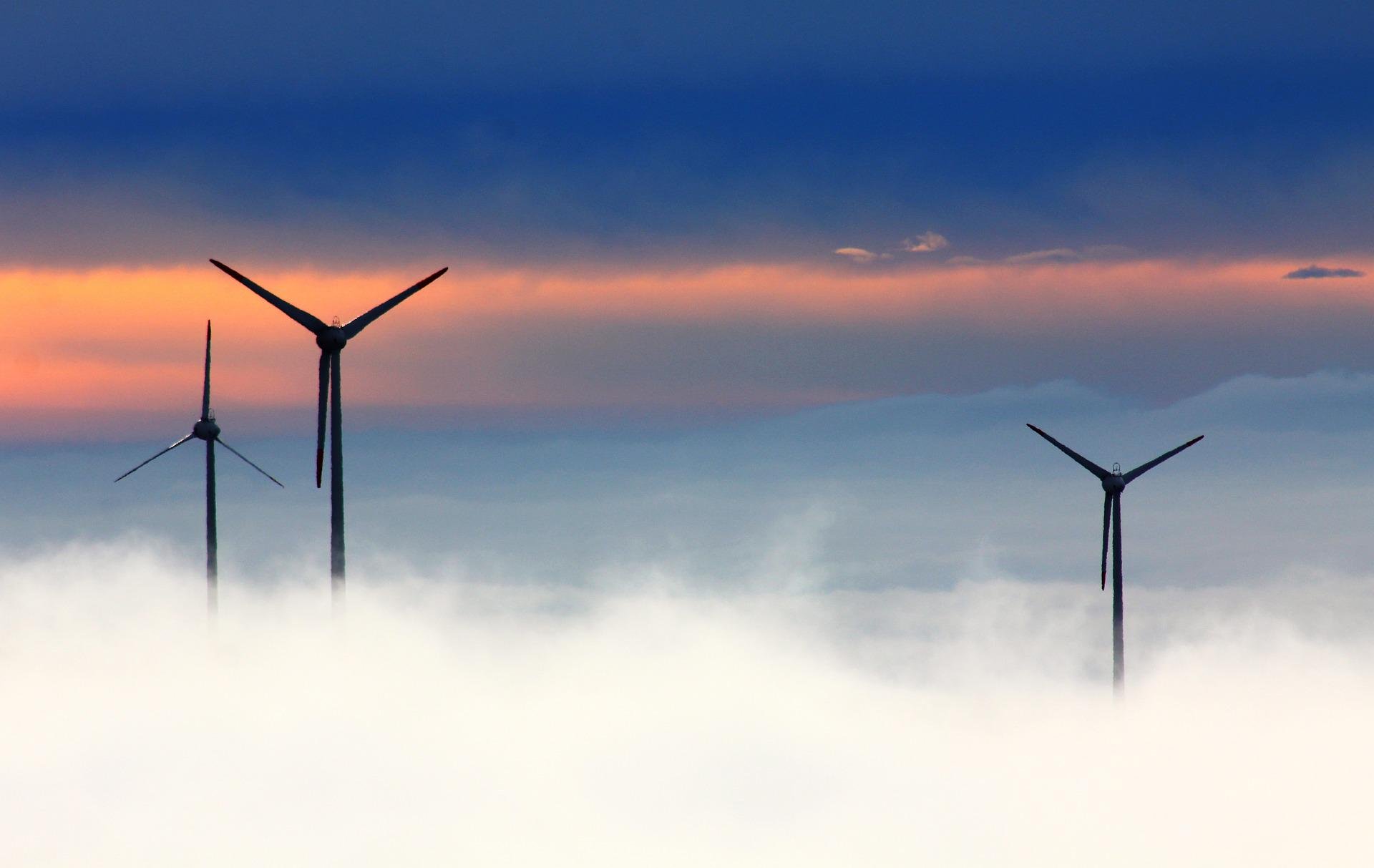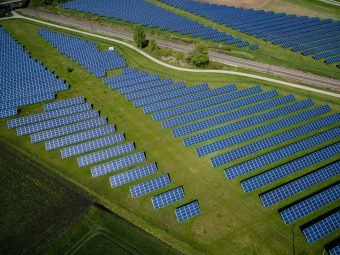The European Commission-funded Copernicus Climate Change Service has released its latest monthly climate bulletin. Data for November 2024 confirm a concerning trend of global warming, suggesting that this year is likely to become the hottest year on record.
The global average temperature in November reached 14.1°C, which is 0.73°C above the 1991–2020 average and 1.62°C above the pre-industrial average. The global surface temperature has exceeded the 1.5°C threshold in 16 of the past 17 months. This makes November 2024 the second hottest November in history, following the record-breaking November of 2023.
In Europe, the average November temperature was 5.14°C, 0.78°C above the 1991–2020 reference average, but far from ranking among the top ten warmest Novembers. The most significant temperature anomalies were observed in northern Russia, northeastern, and southwestern Europe, while southeastern parts of the continent recorded below-average temperatures.
From January to November 2024, the global temperature was 0.72°C above the 1991–2020 average, marking the highest value ever recorded for this period. This is 0.14°C warmer than the same period in 2023, making it almost certain that 2024 will become the hottest year in recorded history.
More:
- UN: Climate Change Leads to Glacier Retreat in the Caucasus
- European Universities Launch Training for Future Doctors on the Impact of Climate Change on Health
- What the “United in Science 2024” Report Reveals
Record-High Sea Surface Temperatures
Sea surface temperature (SST) continued to oscillate at alarmingly high levels. November 2024 recorded an average SST of 20.58°C, making it the second highest after November 2023. Although signs of a transition to neutral or La Niña conditions have appeared in the eastern and central Pacific, vast portions of the ocean are still experiencing extremely high temperatures, indicating deeper climate disruptions.
November brought diverse precipitation patterns. While the southern Balkans, Greece, and northern Scandinavia experienced above-average rainfall, much of western and central Europe was drier than average. Outside Europe, heavy rains impacted the United States, Australia, South America, and the Philippines, where typhoons caused significant damage. On the other hand, drought conditions affected the southwestern United States, Mexico, Chile, Brazil, the Horn of Africa, and southeastern China, leaving many areas in severe drought.
Samantha Burgess, Deputy Director of the Copernicus Service, warned that although individual months exceeding 1.5°C do not violate the Paris Agreement, they underscore the urgent need for ambitious climate action.




